And it was this massive participation that made the series of emulation movements during this period effective, thereby contributing significantly to the overall victory of the nation in the resistance war against the French colonialists.
The rear competes with the front
On June 11, 1948, in the Viet Bac War Zone, Uncle Ho issued the “Call for Patriotic Emulation”. Before that, on May 1, 1948, he had issued the “Call for Patriotic Emulation” . Two consecutive documents, appearing within less than a month, with the same content and objectives, were enough to show how urgent it was for the entire people and army to strive to compete in production and kill the enemy.
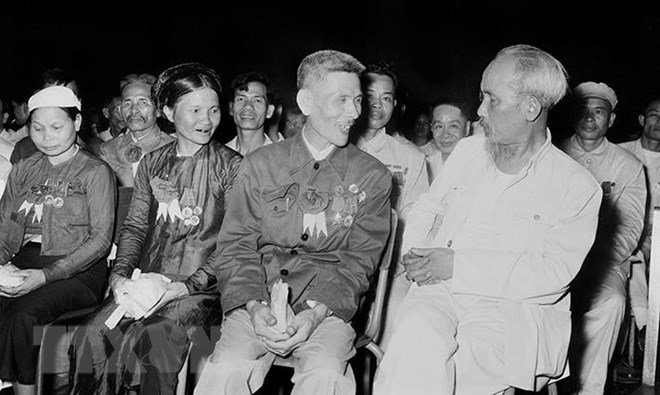
President Ho Chi Minh had a friendly talk with Labor Hero Nguyen Phuc Dong (military weapons industry) and heroine Nguyen Thi Nam ( Nam Dinh Textile) at the meeting of delegates attending the 2nd National Congress of Heroes and Emulation Soldiers of Workers, Peasants and Soldiers in Hanoi on July 7, 1958. Photo courtesy
Not stopping there, it seems that motivating and promoting the emulation movement is always a constant concern in Uncle Ho. In "The call for people to increase production" , published in the National Salvation Newspaper, No. 1488, March 6, 1950, President Ho Chi Minh pointed out: while at the front, the army and militia enthusiastically fought the enemy to strongly switch to a general counter-offensive, the people in the rear had the following tasks: 1. Compete to increase production; raise more livestock, plant more rice, crops, cotton, and vegetables. Men, women, old and young, everyone must make an effort, those who have increased production will increase production more, those who have not increased production will have to increase production. We are determined to implement the slogan: All people cultivate, cultivate all four seasons. 2. Compete to save, avoid luxury and waste, save food for the army or for times of need. Doing the above two things will contribute to the work of shifting strongly to a general counter-offensive. I hope my compatriots will try their best.
Just three years later, in February 1951, President Ho Chi Minh sent a letter to farmers nationwide, encouraging them to increase production. In the letter, he praised farmers for maintaining good production despite many natural disasters and enemy attacks the previous year, so that food was still sufficient for the people and the army. However, he reminded them: in 1951, the resistance war was advancing more strongly, farmers had to prepare more food so that the army could eat well and win. Soldiers at the front competed to kill the enemy and gain achievements, while people in the rear competed to increase production. "This season is definitely a season of victory." The Farmers' Association needed to stay close to the people, urge and help them in all aspects; farmers also had to help each other to produce well.
In particular, to encourage the emulation movement in the rear, He gave a few verses of poetry: "Fields are battlefields/Hoes and plows are weapons/Farmers are soldiers/The rear competes with the front."
In the article: “Patriotic emulation, the present and glorious future of our country” , Nhan Dan Newspaper, No. 15, July 5, 1951, President Ho Chi Minh also pointed out: Patriotic emulation has three main goals: To eradicate hunger, illiteracy, and foreign invaders. That is, to make the people well-fed, warm, literate, and to make the Fatherland independent and free. To achieve that goal, everyone must compete, every industry must compete. Whoever does any work or profession must compete to do it quickly, well, and in large numbers. Soldiers compete to destroy enemies and make achievements, and people compete to increase production.
“All for the front, all for victory”
Thoroughly grasping and implementing his instructions, the patriotic emulation movement in the resistance war against the French colonialists was responded to by the entire Party, the entire people, and the entire army with a series of emulation movements, typically: "Destroy hunger, destroy illiteracy, destroy foreign invaders", "Popular education", "Resistance rice jar" ... On the battlefield, soldiers competed to kill enemies and gain achievements; in the rear, people competed to increase production, destroy hunger, destroy illiteracy... The slogan at that time was: "Fields are battlefields, hoes and plows are weapons, farmers are soldiers, the rear competes with the front" and "Everyone competes, every industry competes, we will definitely win, the enemy will definitely lose" ...
In particular, to prepare resources for the Dien Bien Phu campaign, the slogan "All for the front, all for victory" was turned into practical action, becoming the "competition criterion" of millions of our people in the rear, both in the free zones and the guerrilla base areas.
In his speech at the National Congress of Emulation Fighters and Exemplary Cadres in May 1952, he pointed out: Our people compete to increase production and save to improve the spiritual and material life of the army and people, fully supply for the resistance, prepare to switch to a general counter-offensive. Our army competes to destroy the enemy and gain achievements to destroy many enemy forces, prepare to switch to a general counter-offensive, to win the resistance, build the nation successfully, complete new democracy, and advance to socialism.
Regarding the content of emulation, he said: Some people mistakenly think that the army only has the duty to destroy the enemy and gain achievements, not directly increase production and save. That is not true. The army wins the battle, values the spoils of war, and thus increases production. The army values public property, values military equipment and supplies, and thus saves. As for the army in the rear, the military logistics, military weapons, military medicine, transportation, etc., must compete to increase production and save. In the use of civilian labor, we must save so that the people in the rear have enough strength and time to compete to increase production and save.
As for “who competes with whom?” , he said: Competition between one person and another, one unit and another, everyone understands that. One thing that should be mentioned is: this industry can and should compete with other industries. For example: a rural unit can compete with an army unit and a technology unit. Commune A and factory B sign a pact with army C, that they will increase production and save a certain amount. Army C signs a pact to kill many enemies, capture many guns. So workers, farmers and soldiers compete with each other, progress together. As a result, our forces in all aspects will double. We will kill twice as many enemies, win twice as much. As a result, the resistance will be twice as victorious, the nation building will be twice as successful. As a result, the people will be rich and the country will be strong.
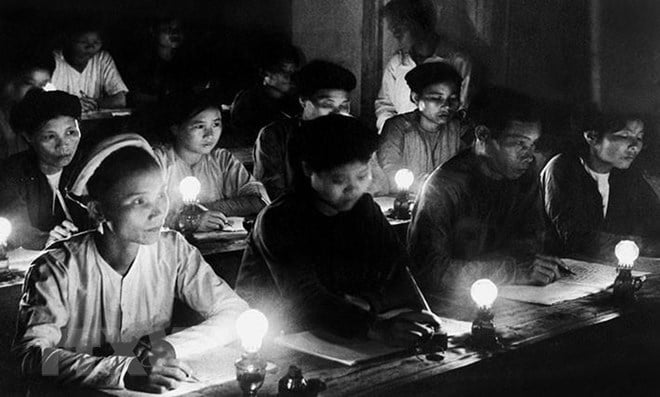
Popular Education Movement in Hanoi in the early days of independence. Photo courtesy
One of the outstanding emulation movements during the years of resistance against the French was the “Resistance Rice Jar”. The movement was launched in the context of the years 1951 - 1952, the resistance war against the French of our army and people was entering the most difficult and intense period, the French were strong in all aspects (in terms of weapons, military uniforms, military supplies, food, etc.), while our side had not yet recovered from the famine, agricultural production was backward leading to food scarcity and shortages in all aspects.
That reality made President Ho Chi Minh, at that time, instruct: We must save from small to large things, not be extravagant, wasteful, messy, or show off: “Paper, pens, and materials all cost the Government’s money, which is the people’s; we need to save. If a small piece of paper is enough to write on, don’t use a large sheet. An envelope can be used two or three times” - He emphasized.
He also emphasized saving in specific contents: 1 - Saving labor; 2 - Saving time; 3 - Saving money; 4 - Everyone must save together. From his teachings, the whole country created a saving movement. From the elderly to the children wearing red scarves... everyone happily "tightened their belts" , giving a part of their daily meager food rations to the "resistance rice jar ". Thanks to that, the "Resistance rice jar" was built, adding strength and fighting spirit to Uncle Ho's soldiers to contribute to the success of the resistance war against the French.
Ha Anh
Source







![[Photo] Cat Ba - Green island paradise](/_next/image?url=https%3A%2F%2Fvphoto.vietnam.vn%2Fthumb%2F1200x675%2Fvietnam%2Fresource%2FIMAGE%2F2025%2F12%2F04%2F1764821844074_ndo_br_1-dcbthienduongxanh638-jpg.webp&w=3840&q=75)


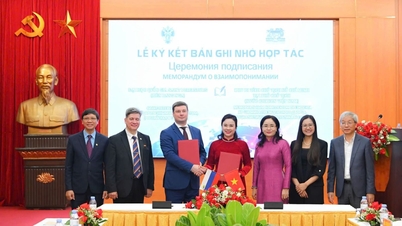
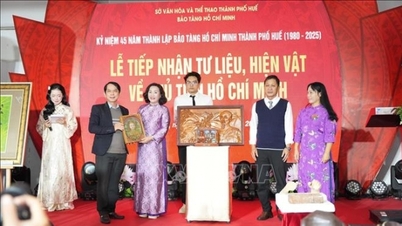

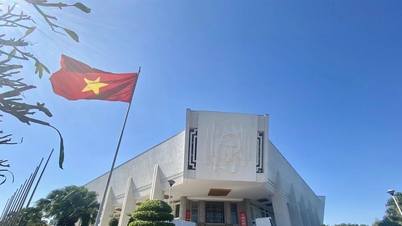

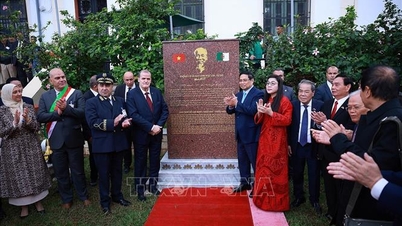
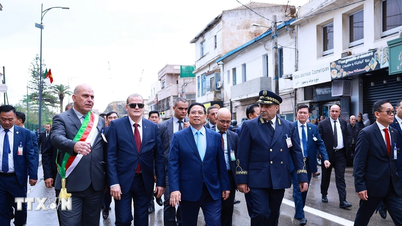

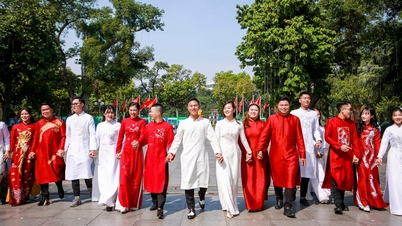

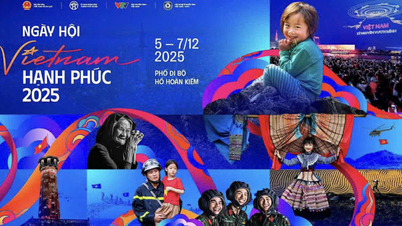

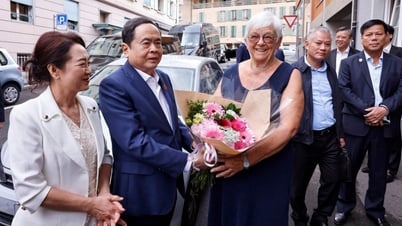

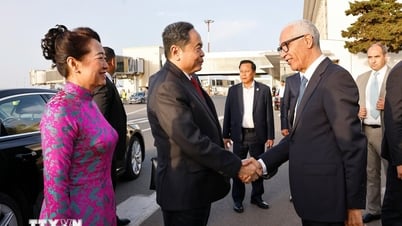
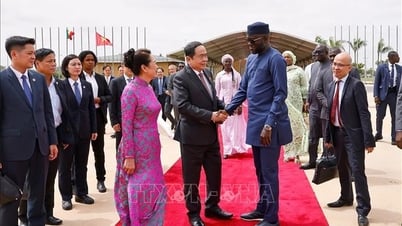






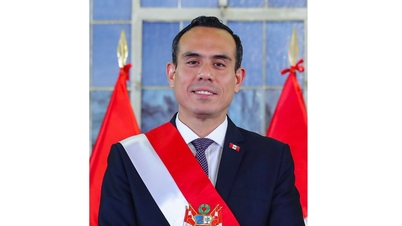



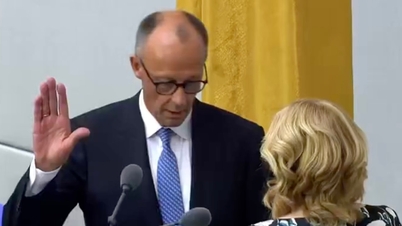
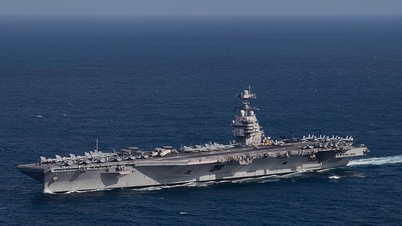



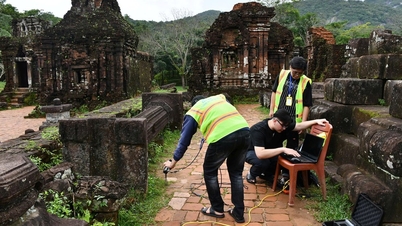

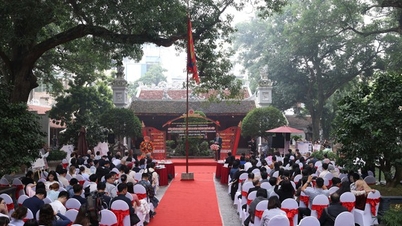




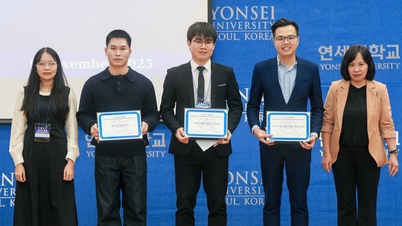


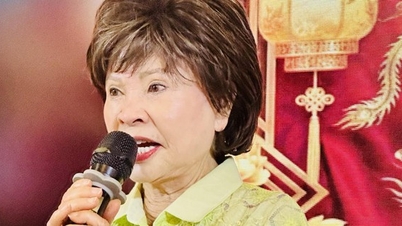

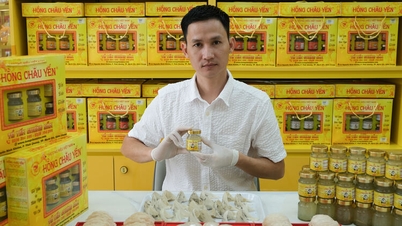

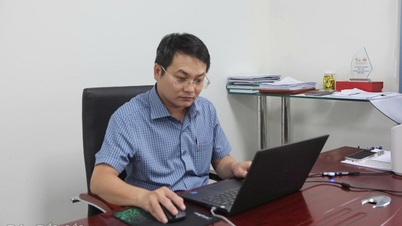
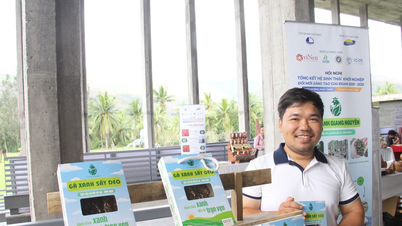



![[VIMC 40 days of lightning speed] Hai Phong Port determined to break through, reaching the target of 2 million TEUs by 2025](https://vphoto.vietnam.vn/thumb/402x226/vietnam/resource/IMAGE/2025/12/04/1764816441820_chp_4-12-25.jpeg)



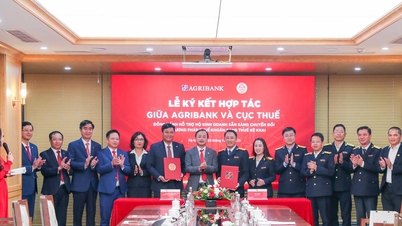









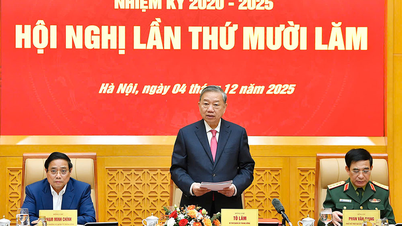

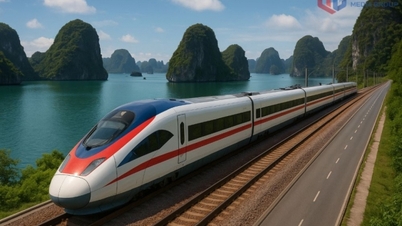

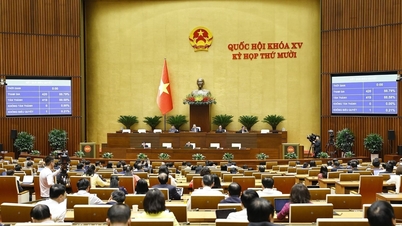
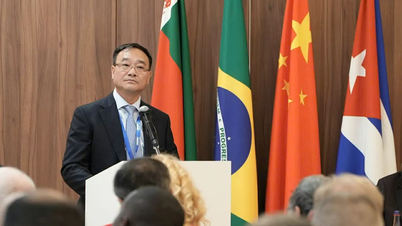
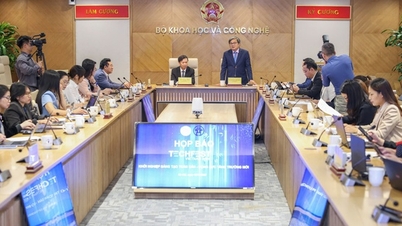

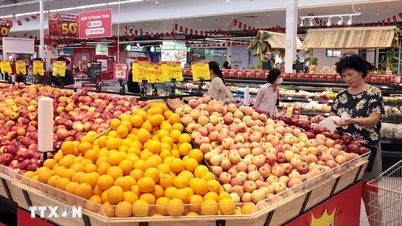
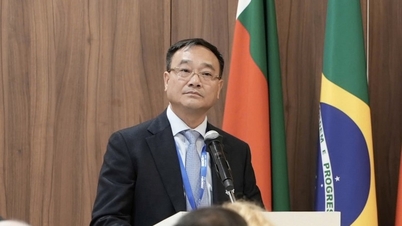
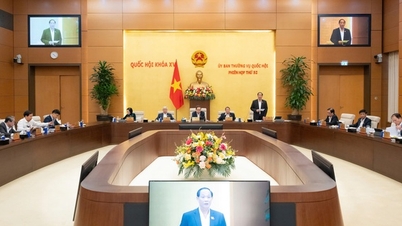
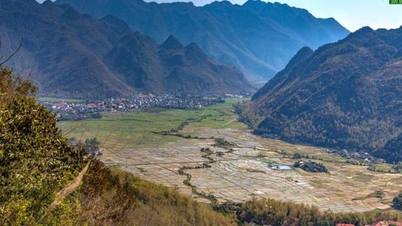
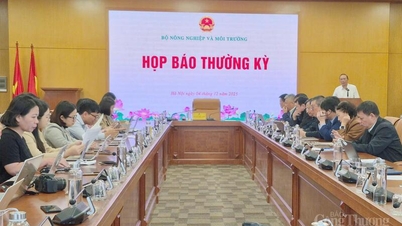
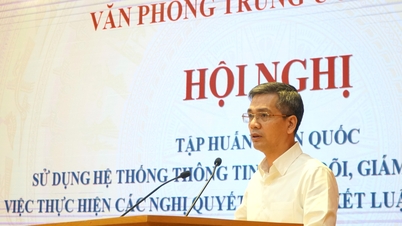

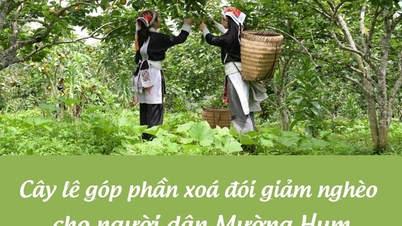
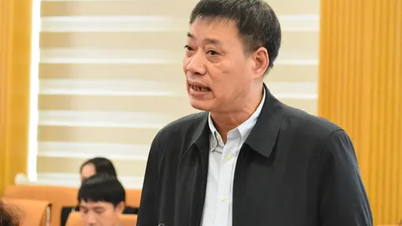

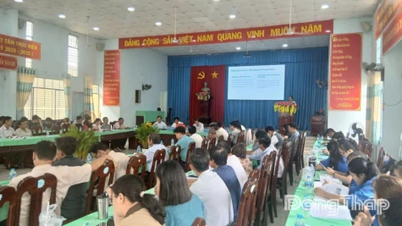

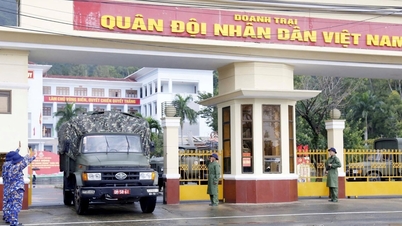
















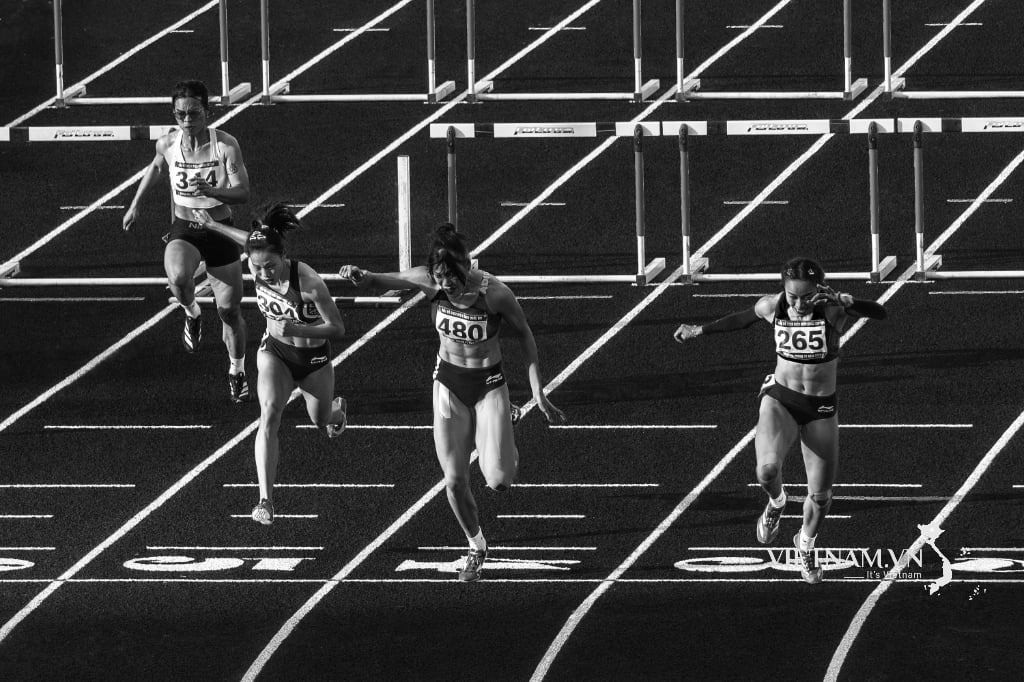

Comment (0)